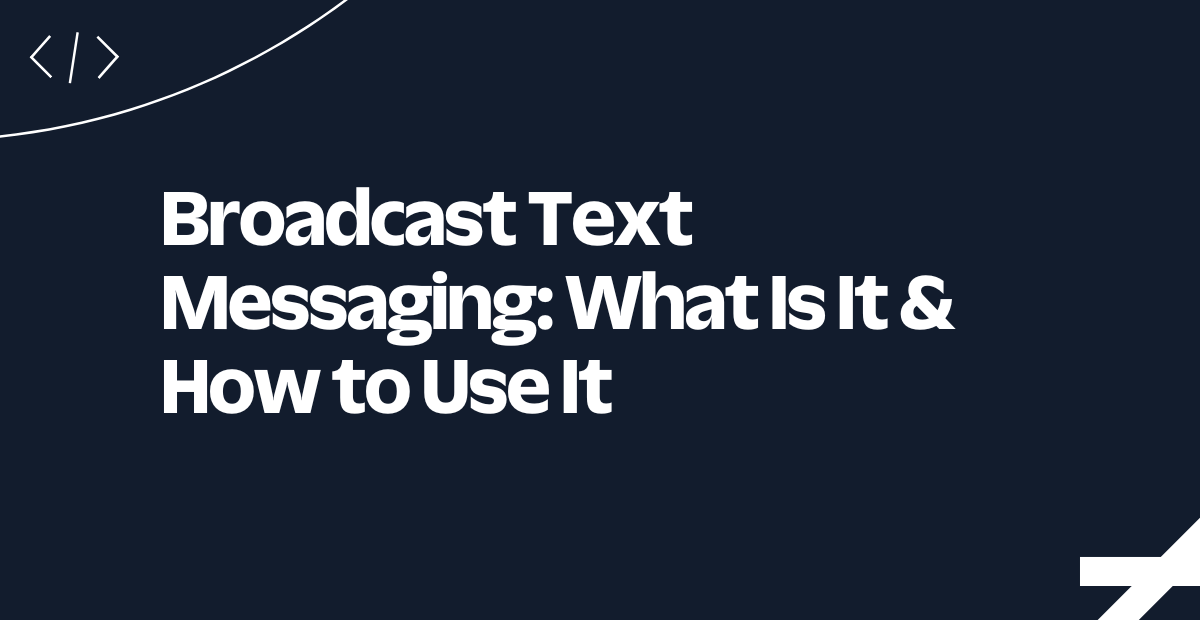The Hidden Obstacles to B2B Email Deliverability
Time to read:
The Hidden Obstacles to B2B Email Deliverability
Sending marketing emails in the B2B space comes with its own unique challenges—ones that go well beyond those faced in typical B2C campaigns. For a long time, B2B sending has lacked the attention and visibility that traditional consumer mail campaigns receive.
B2B email senders often face a critical question:
Why is B2B Email Deliverability so complex?
Most B2B environments are protected by enterprise-grade security solutions—such as Proofpoint, Mimecast, and Microsoft Defender for Office 365—that rigorously scan incoming emails for signs of spam, phishing, malware, and poor sender reputation. While these filters are essential for protecting organizations, they can also make it more difficult for legitimate marketing emails to reach the inbox.
Email security filters, such as Proofpoint and Mimecast, are designed to analyze, categorize and manage incoming email traffic based on a set of rules and policies defined by the organization. There are multiple key factors that are going to be evaluated before making a decision on inbox placement - some of these factors include sender reputation, content, attachments and sending patterns. These factors ultimately determine whether an email is delivered to the inbox, redirected to quarantine, or blocked entirely. This filtering process occurs live during the SMTP transaction, ensuring threats are intercepted before they reach the user’s mailbox.
One of the most misunderstood aspects of B2B deliverability is post-delivery filtering. Most email security systems don’t just rely on filters during the initial acceptance phase of the email. Some advanced filters review the content after the email has been delivered and before the user sees it. This is an asynchronous process, meaning it occurs after the SMTP session was initiated.
When an email is sent, the recipient's email server typically performs several checks at the time of receipt, such as spam filtering, authentication (SPF, DKIM, DMARC), and basic security checks. If the message passes these initial checks, it is accepted by the email server, and the sender's server gets a "success" message (usually a 250 SMTP status code, indicating the message has been accepted for delivery).
Some email systems perform additional checks on the recipient's address even after initially accepting a message. During this post-acceptance verification, if a security filter determines that the email can’t be delivered to the recipient which will eventually trigger an asynchronous bounce. An asynchronous bounce, also known as an "out-of-band" bounce or "non-conversational" bounce, refers to a message initially accepted for delivery, but reported as a bounce at a later time.
It might surprise you, but just because an email is marked as delivered doesn’t mean it’s safe—there are plenty of reasons why an email can be asynchronously bounced. Some of these reasons may include:
Mailbox no longer exists: The recipient’s mailbox may have been deleted, moved, or deactivated, but this information wasn’t immediately available during the first set of checks.
Recipient address error: The recipient’s email address might be incorrect, with typographical errors or non-existent domains.
Outdated Directory Information: In some cases, the email system might not have real-time access to the most up-to-date directory or user database, leading to the initial acceptance of an address that’s later found to be invalid.
Security filters administrative prohibition: Administrators can configure and enforce certain restrictions or policies that block or prevent certain types of emails from being delivered or received, based on predefined security criteria
Delayed analysis: After the email has been accepted, it goes through a more thorough analysis (e.g., content inspection, reputation-based filtering, machine learning checks)
Twilio SendGrid Bounce handling
In B2B scenarios especially, these responses often come from enterprise-level security solutions (such as Proofpoint, Mimecast, or Microsoft Defender), which apply additional layers of filtering beyond the basic email server logic. That means even if an email address is valid and previously accepted messages, it can still bounce based on newly implemented filters, updated spam policies, or sender reputation issues.
Twilio SendGrid as an email sending provider it's responsible for receiving the SMTP responses (bounce codes) from mailbox providers after an email is sent. These bounce codes are generated by the recipient’s mailbox provider or their security filters, not by Twilio SendGrid.
When an email fails to deliver, the receiving server responds with a SMTP status code and an associated message explaining why the message was rejected. These responses are then relayed back to you and in most cases they originate directly from the recipient's email infrastructure (Office 365, Google WorkSpace) and not from the security filters (Mimecast, ProofPoint)
Key Takeaway
B2B email deliverability is far more complex than it appears on the surface. Even when an email is marked as “delivered,” enterprise-level security solutions like Proofpoint, Mimecast, and Microsoft Defender can trigger asynchronous bounces—rejecting messages after initial acceptance due to delayed content analysis, updated security policies, or reputation issues. Tools like Twilio SendGrid report these bounces, but they originate from the recipient’s infrastructure, not the sending platform. Understanding the layered nature of B2B filtering is essential for diagnosing deliverability issues and optimizing your email strategy to reach the inbox reliably.
If you're experiencing issues with your B2B marketing emails and need support, our Professional Services team is here to help. Don’t hesitate to reach out for expert assistance.
Related Posts
Related Resources
Twilio Docs
From APIs to SDKs to sample apps
API reference documentation, SDKs, helper libraries, quickstarts, and tutorials for your language and platform.
Resource Center
The latest ebooks, industry reports, and webinars
Learn from customer engagement experts to improve your own communication.
Ahoy
Twilio's developer community hub
Best practices, code samples, and inspiration to build communications and digital engagement experiences.


